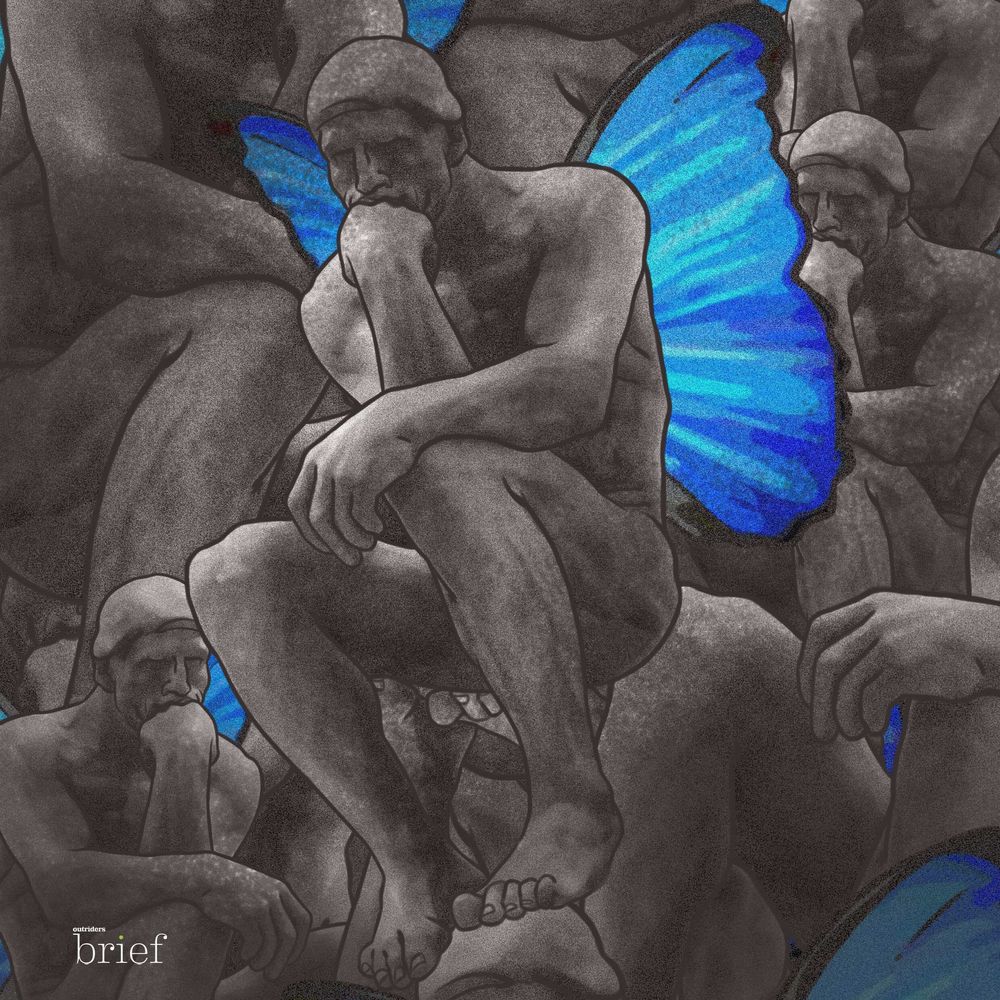Female hunters and the cousins of humans
The skulls unearthed in South Africa seem to prove the climate-change adaptation among Paranthropus robustus – a cousin of the human predecessor, Homo erectus. It showed that different populations of the same species varied in size and strength of jaw muscles. Microevolution occurred in the region that around two million years ago became drier and arider.
Scientists analyzed 18 early-humans burials sites across the Americas and found that out of 27 bodies interred with hunting tools, 11 belonged to females. Further research on models found that women and men were equally likely to be hunters. Similar discoveries were done before, not only in the Americas. In 2017 DNA analysis made it possible to establish that a 10th century Viking warrior of a presumably high military status was a woman. Scientists remind us that we often make the mistake of projecting contemporary perceptions on the behavior of past humans. Regarding gender roles in historical human societies: “(…) it is our understanding that we’re processing, not theirs”.
The academics from Bournemouth University think that Neanderthals might not have been driven to extinction only through the competition with Homo sapiens, as often thought but in the effect of climate change. The evidence indicates that violence (some even suggest war) occurred between the two species, but Neanderthals died out in some parts of Europe even before the first humans appeared there. Nature and evolution may have taken its toll on the extinct species even before Homo sapiens did.























